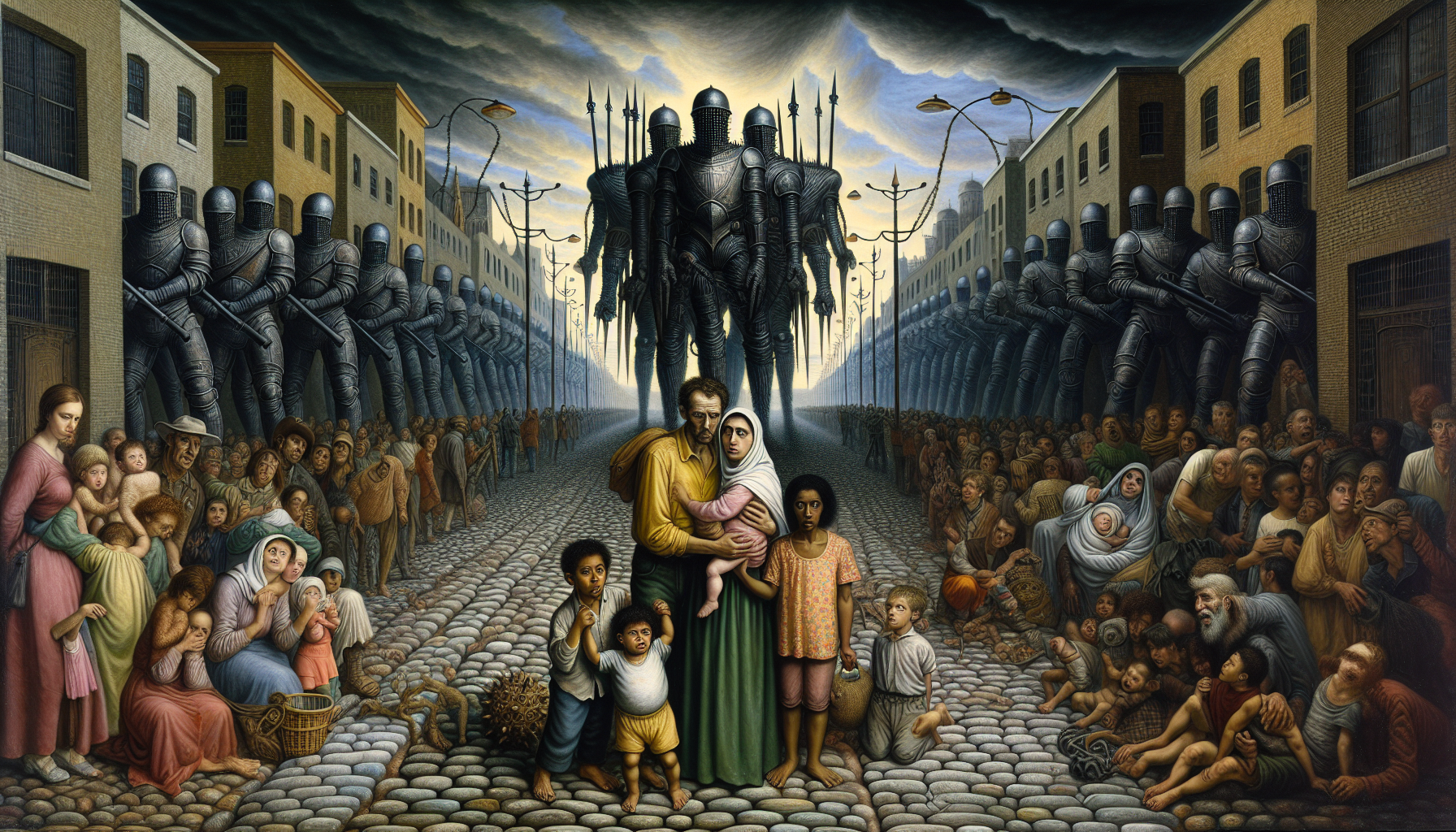The Big Picture |
|
On June 7, 2025, President Donald J. Trump took a significant step by ordering the Department of Defense to call up at least 2,000 National Guard members into federal service for a period of 60 days. This move aims to protect Immigration and Customs Enforcement (ICE) workers, other federal employees enforcing immigration laws, and federal property at locations where protests or violence are occurring or expected. The President invoked a specific law that allows temporary federal control over National Guard troops, with the possibility of involving regular military forces if necessary. This action marks a notable use of military resources in response to civil unrest tied to immigration enforcement.
|
|
This development matters because it highlights a shift toward a more forceful federal response to protests related to immigration, raising important questions about balancing public safety with citizens’ rights to assemble and express dissent. The 60-day timeline sets a clear window for this heightened security posture, but it also opens the door to potential extensions or escalations depending on conditions on the ground. The involvement of military forces in domestic protest situations is a sensitive and controversial policy direction, signaling a tougher stance on immigration enforcement and public order that could influence future government responses to civil unrest.
|
Pattern to Watch |
|
This deployment of National Guard troops under federal control to protect immigration enforcement personnel suggests an emerging pattern of increased militarization in handling domestic protests, especially those connected to contentious policy areas like immigration. The key indicator is the use of a federal statute to bring National Guard members under direct federal command, combined with the readiness to deploy regular military forces if needed. If similar actions are taken in other protest contexts or if the 60-day deployment is extended or expanded, it would confirm a trend toward more aggressive federal intervention in civil disturbances. This could have broad implications for how protests are managed nationwide and may affect public perceptions of government authority and civil liberties.
|
|
|

